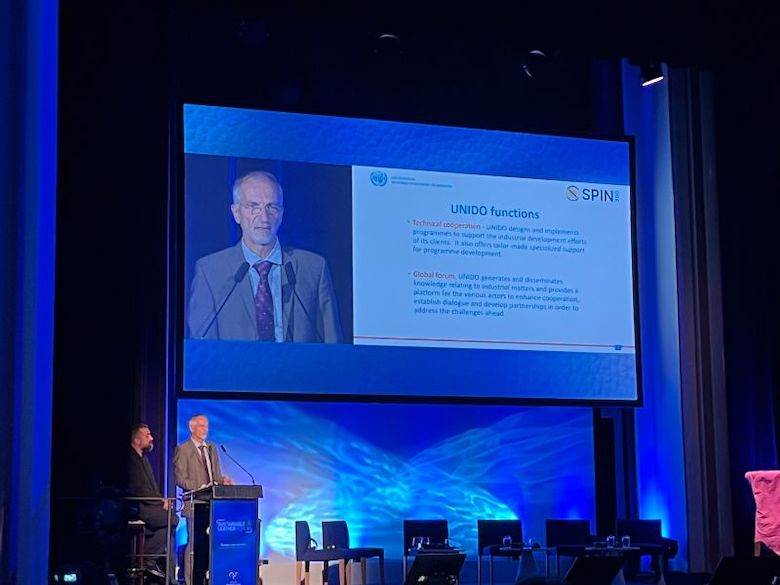Work by the United Nations Industrial Development Organisation (UNIDO) to compile a guide for assessing the environmental footprint of leather will reach a new milestone at Lineapelle (September 17-19).
A technical advisory group that UNIDO has set up will report its initial findings at Lineapelle and will take the project into a new phase.
Its development officer for the leather industry, Ivan Král, said at the recent Sustainable Leather Forum in Paris that the outcome he hopes to achieve is to walk a steady and sure path towards a platform for calculating accurately and explaining leather’s impact.
“This is what we are working hard to do,” he explained, adding that a focus on quick wins was unlikely to pay off. He said the Higg Index, in offering a simplified score for leather, had tried to make it easy for buyers to understand the material’s impact. “It did this with good intentions, but it did not succeed,” he said.
Mr Kral went on to say that an important part of the technical advisory group’s work was finding an effective way to reflect the contribution of durability to leather’s sustainability.
“Durability is the elephant in the room,” he said, “because making products with a long lifetime is much more beneficial environmentally that any other measure. But measuring durability is not so simple.”
Image: Ivan Král (right) presenting at the Sustainable Leather Forum with the founder of specialist consultancy Spin360, Federico Brugnoli.
Credit: Sustainable Leather Forum.
